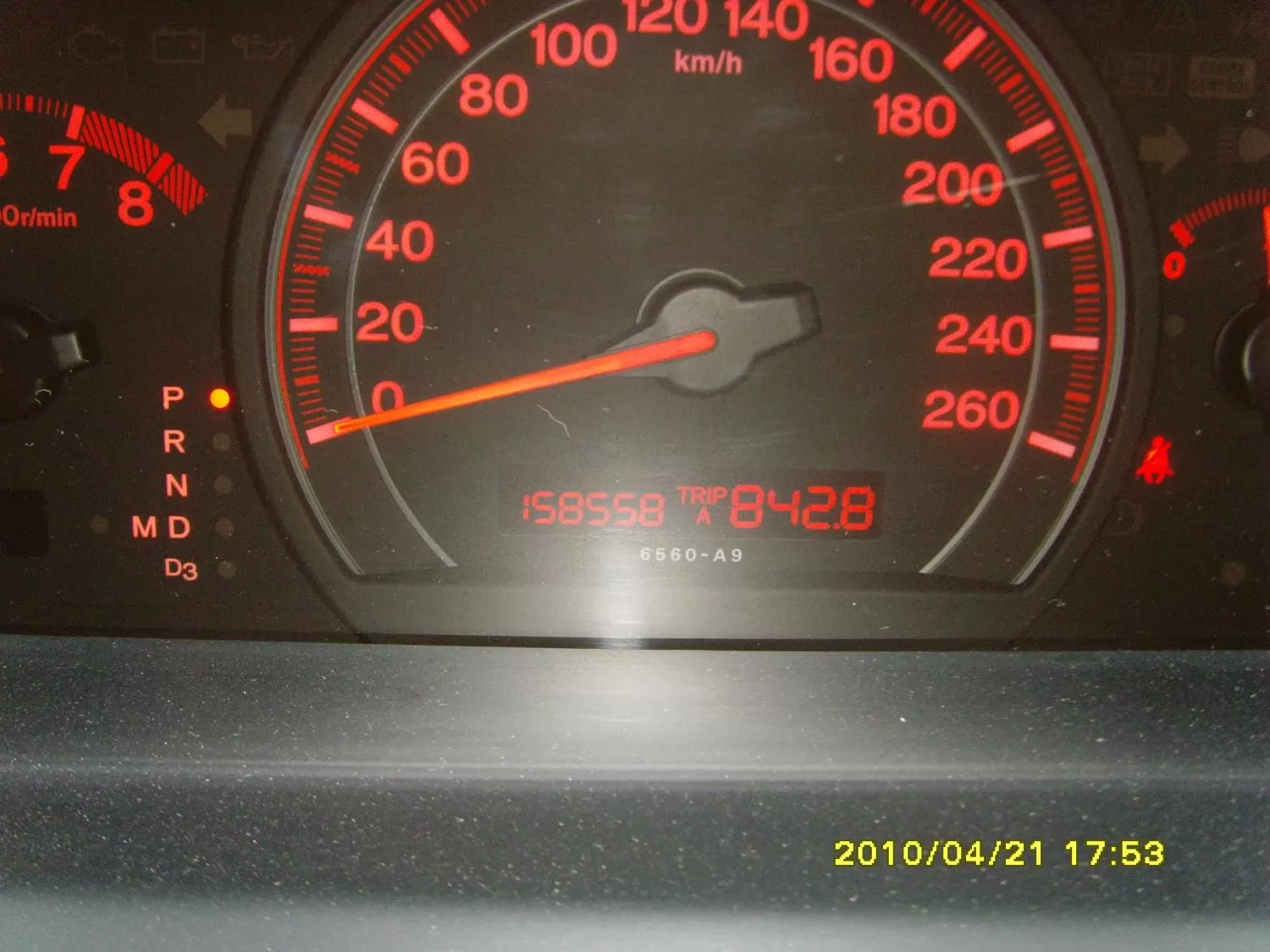
How to change car name
Content
A Certificate of Ownership or Vehicle Ownership proves your ownership of a vehicle and is the required form for you to register it in your state and obtain license plates.
If you lose your title deed or it becomes damaged and unusable, you can get a replacement. In fact, you will need it if you plan to sell your car.
The title contains important information about your vehicle and is a legal document. It shows:
- Your name
- your address
- Vehicle identification number or VIN of your vehicle
- Make, model and year of your vehicle
- Transfer of title section
The Transfer of Ownership section is perhaps the most important part of your vehicle title deed. In the event that you wish to sell your vehicle, you must provide the buyer with the title to your vehicle with the information in the Transfer of Ownership section completely filled out. Without transfer of ownership, the new owner cannot register the vehicle in their name and receive new tags for it.
Part 1 of 3: Getting a Duplicate Title Application
You will need to find the nearest Department of Motor Vehicles office in your state or visit their online website.
Step 1: Search for your state's DMV website..
Find the section "Forms or applications" on the site or use the search.
Step 2: download the app. Download the form from the state DMV website, if available.
Otherwise, contact your local DMV office and request a duplicate of the title deed.
Step 3: Find out the specific requirements for your state. Some states will require a notarized copy, which means you will have to sign in front of a notary.
Many banks provide notary services for a small fee.
Step 4: Fill out the form. Completely fill in the required information on the form.
You will need to provide your personal and vehicle information.
You may need to explain why you are requesting a header replacement.
Step 5: Sign the form. Sign the form in the manner prescribed by the state DMV.
You may have to wait while you go to your local DMV or contact a notary.
Part 2 of 3: Submit the form to request a duplicate title
Step 1: Find out what other items you need to have on hand before submitting the form for processing.
Many states charge fees and require proof of identity before processing these forms. You can find this information on the website or on the form itself.
If in doubt, contact your local office by phone and ask them.
Step 2: Learn how to submit the form. In some states, you can mail it in, while in others, you may need to visit your local office in person.
You can also submit the form online.
- FunctionsA: Wait for a new title to be issued to you before you sell your vehicle. You can check the estimated processing time with your local DMV office. You cannot sell a car without title.
- AttentionA: If a lien has been placed on your vehicle, the original title will be sent to the lien holder. Request a copy of the title for your entries.
Part 3 of 3: Get a replacement title for an unregistered vehicle
It may be that you have just purchased a vehicle and have lost your title deed before title is transferred to your name. If you manage to contact the seller, you may be able to obtain a new title certificate through a different process.
- AttentionA: This process may not be applicable in your state or if your vehicle is under a certain age. As a rule, this age is 6 years.
Step 1: Complete the Statement of Facts form with the seller.. Include specific vehicle and transaction details.
You may be required to provide photographs of the car from all sides to confirm the cost.
Step 2: Complete the due diligence affidavit. Complete an affidavit or equivalent form for your state.
It says that you have done everything to find the original title and the validity of the sale.
Step 3: Complete the Application for a Certificate of Ownership.
Step 4: Write a Buyer Protection Statement. This releases the state of any future claims regarding the purchase.
Step 5: Provide a surety if required by the state. It is case specific and state dependent.
A surety is a sum of money that must be placed as collateral, guaranteeing that in the event of financial loss associated with a forged title, your money will be indemnified.
Most financial institutions and bond agencies can help you get a surety if needed.
Step 6: Pay for the title application. Add your sales tax, transfer of ownership fee, and any additional fees required for your application.
Step 7. Wait for the new title to arrive.. If you have taken out a loan for your car, the title will be sent to the collateral holder or bank.
Request a copy from your bank for your records.
It is good practice to keep the vehicle title deed in a safe place, such as a safe deposit box or a safe place at home. Getting a replacement title is an easy process, although it can be quite time consuming and never happens at a convenient time.
